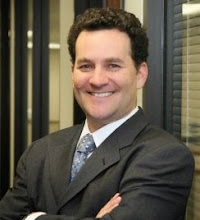skip to main |
skip to sidebar
The California Supreme Court this morning issued its decision in Duran v. US Bank, N.A. The decision reverses the judgment for the plaintiffs. I will have more later, but in the meantime, the Court's introduction reads as follows:
We encounter here an exceedingly rare beast: a wage and hour class action that proceeded through trial to verdict. Loan officers for U.S. Bank National Association (USB) sued for unpaid overtime, claiming they had been misclassified as exempt employees under the outside salesperson exemption. (Lab. Code, § 1171.) This exemption applies to employees who spend more than 50 percent of the workday engaged in sales activities outside the office. (Ramirez v. Yosemite Water Co. (1999) 20 Cal.4th 785 (Ramirez).)
After certifying a class of 260 plaintiffs, the trial court devised a plan to determine the extent of USB's liability to all class members by extrapolating from a random sample. In the first phase of trial, the court heard testimony about the work habits of 21 plaintiffs. USB was not permitted to introduce evidence about the work habits of any plaintiff outside this sample. Nevertheless, based on testimony from the small sample group, the trial court found that the entire class had been misclassified. After the second phase of trial, which focused on testimony from statisticians, the court extrapolated the average amount of overtime reported by the sample group to the class as a whole, resulting in a verdict of approximately $15 million and an average recovery of over $57,000 per person.
As even the plaintiffs recognize, this result cannot stand. The judgment must be reversed because the trial court‘s flawed implementation of sampling prevented USB from showing that some class members were exempt and entitled to no recovery. A trial plan that relies on statistical sampling must be developed with expert input and must afford the defendant an opportunity to impeach the model or otherwise show its liability is reduced. Statistical sampling may provide an appropriate means of proving liability and damages in some wage and hour class actions. However, as outlined below, the trial court‘s particular approach to sampling here was profoundly flawed.
Slip op. at 1-2. The opinion is available here.






No comments:
Post a Comment
Note: Only a member of this blog may post a comment.